Reviving A Tillandsia Air Plant: Can You Revive An Air Plant
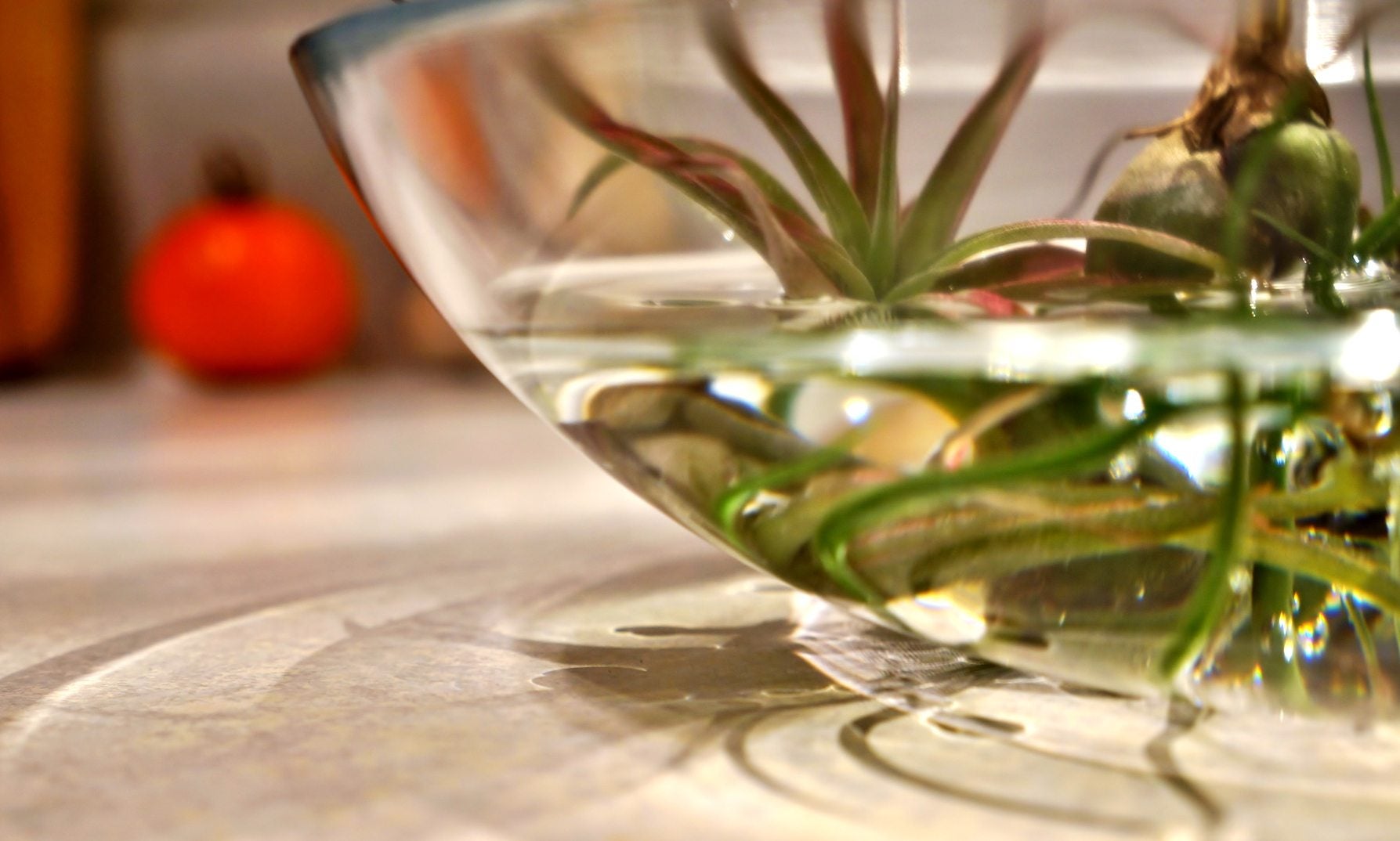

Amy Draiss
What is it about air plants (Tillandsia) that make them so fascinating? Air plants are epiphytic plants, which means that unlike most other plants, their survival doesn’t depend on soil. Instead, they draw moisture and nutrients through their leaves. Although air plant care is minimal, the plant can sometimes begin to look sickly – shriveled, limp, brown, or droopy. Can you revive an air plant in this condition? Yes, at least if the plant isn’t too far gone. Read on to learn about reviving a Tillandsia.
How to Revive an Air Plant
Why do my air plants keep dying? If your Tillandsia isn’t looking its best, especially if it’s shriveled or brown, there’s a good chance that the plant is extremely thirsty. Although misting the plant is often recommended, spritzing usually doesn’t provide enough moisture to keep the plant healthy and hydrated. If you determine that this is the case, reviving a Tillandsia means returning the plant to a healthy, well-hydrated state. The easiest way to accomplish this is to soak the entire plant in a bowl or bucket of lukewarm water. You may need to tie the plant to a heavy object to keep it from floating to the top of the water. Place the bowl in a warm location and let it soak for 12 hours. Remove the plant from the bowl, place it on a layer of paper towels, and allow it to air dry before returning the plant to its regular location. If the plant continues to look dry and sickly, repeat the procedure, but this time leave the Tillandsia submerged for only about four hours. Hold the plant upside-down and shake gently to remove excess moisture from the leaves.
Air Plant Care
To keep a Tillandsia well hydrated, soak the plant in a bowl of warm water for an hour every week during the summer, decreasing to once every three weeks during the winter months (some people find that a 10-minute soak is enough, so watch your plant closely to determine its particular needs. If the plant begins to look swollen, it’s absorbing too much water and will benefit from a shorter bath.). Place your air plant in bright, indirect or filtered sunlight from spring until fall. Move it into direct light during the winter months. You may need to supplement winter sunlight with full spectrum artificial lights for about 12 hours per day. Ensure Tillandsia receives adequate air circulation. If your air plant is in a container, uncover the container and place it in an airy location. Alternatively, remove the Tillandsia from the container for a full day every week. Always shake excess water off your Tillandsia after watering, then allow it to dry in a colander or on a layer of paper towels. The plant can be damaged if water is allowed to remain on the leaves. If your Tillandisa is in a sea shell, empty the shell as needed to be sure the plant isn’t sitting in water. Feed Tillandisa a bromeliad fertilizer twice a month. Alternatively, apply a regular, water-soluble fertilizer diluted to one-quarter strength, or orchid food highly diluted at a rate of one pinch per gallon of water.
Gardening tips, videos, info and more delivered right to your inbox!
Sign up for the Gardening Know How newsletter today and receive a free copy of our e-book "How to Grow Delicious Tomatoes".

A Credentialed Garden Writer, Mary H. Dyer was with Gardening Know How in the very beginning, publishing articles as early as 2007.
- Amy DraissDigital Community Manager
-
 Looking For Plants To Give You The Soft And Fuzzies? Try These 5 Fuzzy Leaf Plant Options
Looking For Plants To Give You The Soft And Fuzzies? Try These 5 Fuzzy Leaf Plant OptionsLovers of texture, drama, silver foliage and tactile plants will adore these special sensory garden additions. These fuzzy leaf plant options will leave you all aglow
By Susan Albert
-
 Get Ready For A Summer Of Hummers! Grow These Full Sun Hummingbird Plants and Flowers
Get Ready For A Summer Of Hummers! Grow These Full Sun Hummingbird Plants and FlowersIf you’re lucky enough to enjoy a sunny backyard, make sure you are maxing out on your pollinator opportunities and grow these full sun hummingbird plants and flowers
By Tonya Barnett
-
 Best Spider Plant Soil – Complete Soil Guide And Expert Tips For Keeping Plants Happy
Best Spider Plant Soil – Complete Soil Guide And Expert Tips For Keeping Plants HappySpider plants are fun and easy plants to grow, but what is the best soil for a spider plant? Selecting the right soil is important so they can thrive.
By Bonnie L. Grant
-
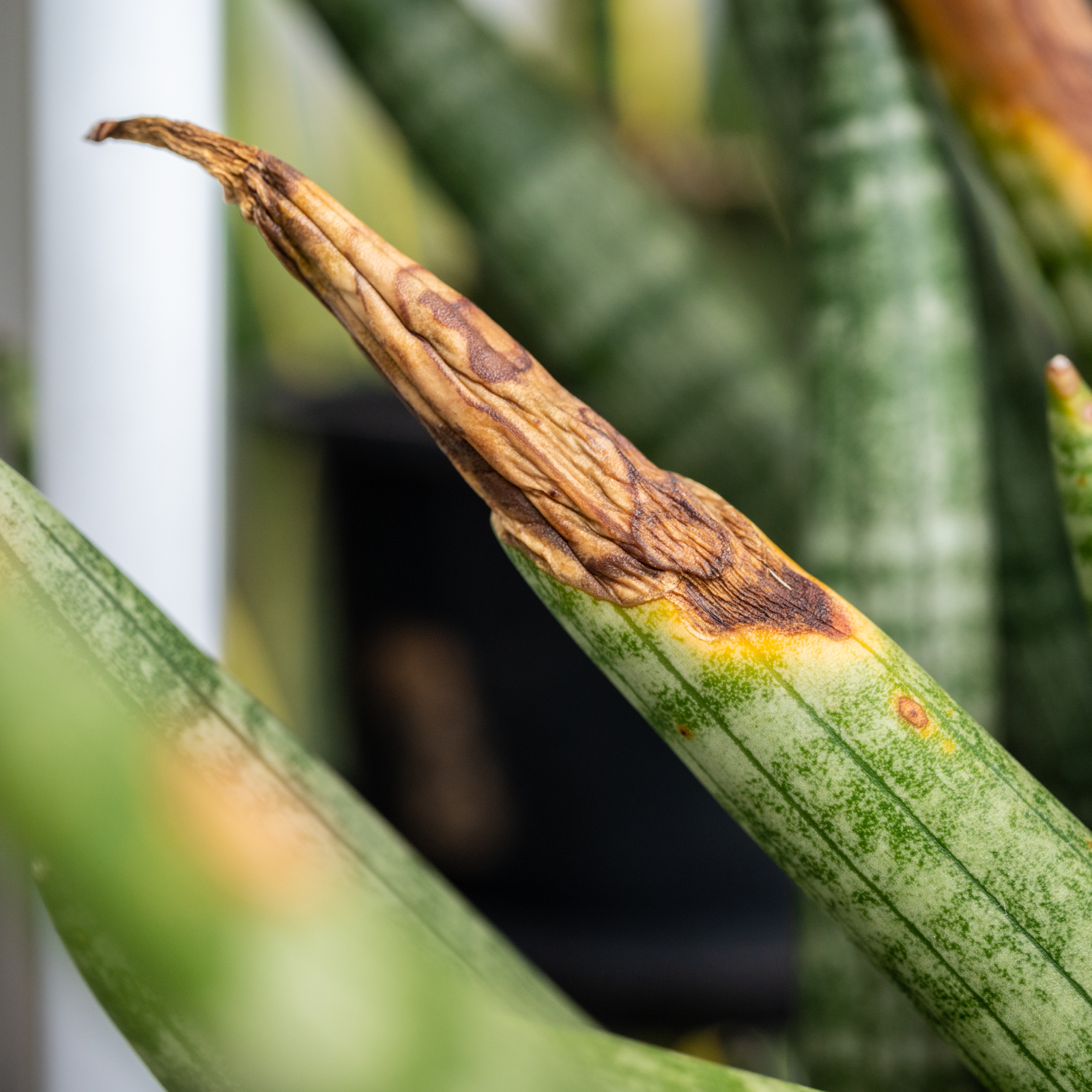 Help, My Snake Plant Is Mushy! Advice For Root Rot In Snake Plants
Help, My Snake Plant Is Mushy! Advice For Root Rot In Snake PlantsSnake plants are hardy houseplants, but they can be susceptible to root rot. Learn how to prevent and treat this common snake plant problem.
By Amy Grant
-
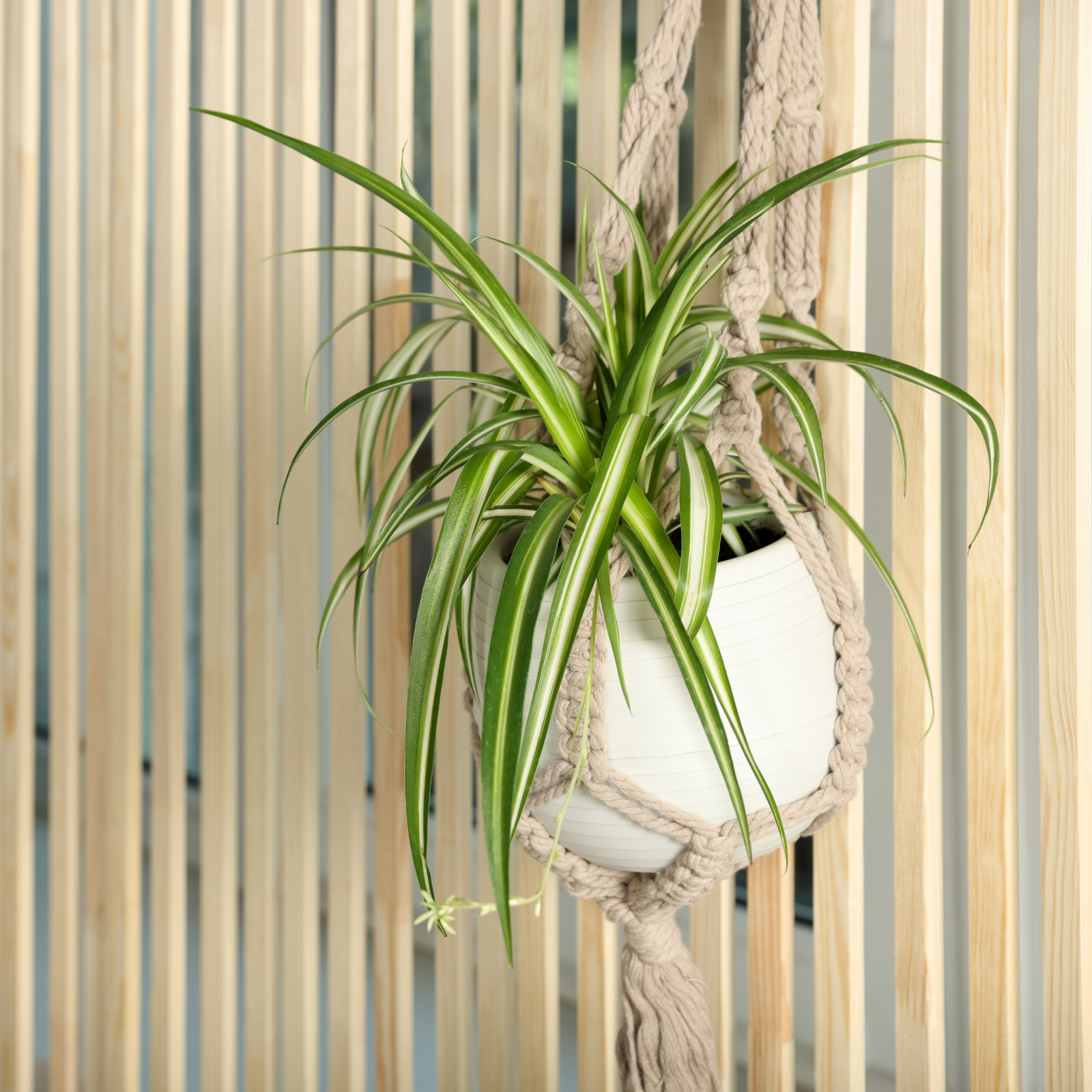 How To Grow A Hanging Spider Plant – For An Elegant Indoor Or Outdoor Display
How To Grow A Hanging Spider Plant – For An Elegant Indoor Or Outdoor DisplayOf all the beautiful baskets we see, the hanging spider plant is probably the easiest to grow. Let your hanging basket spill over with little spider plantlets!
By Teo Spengler
-
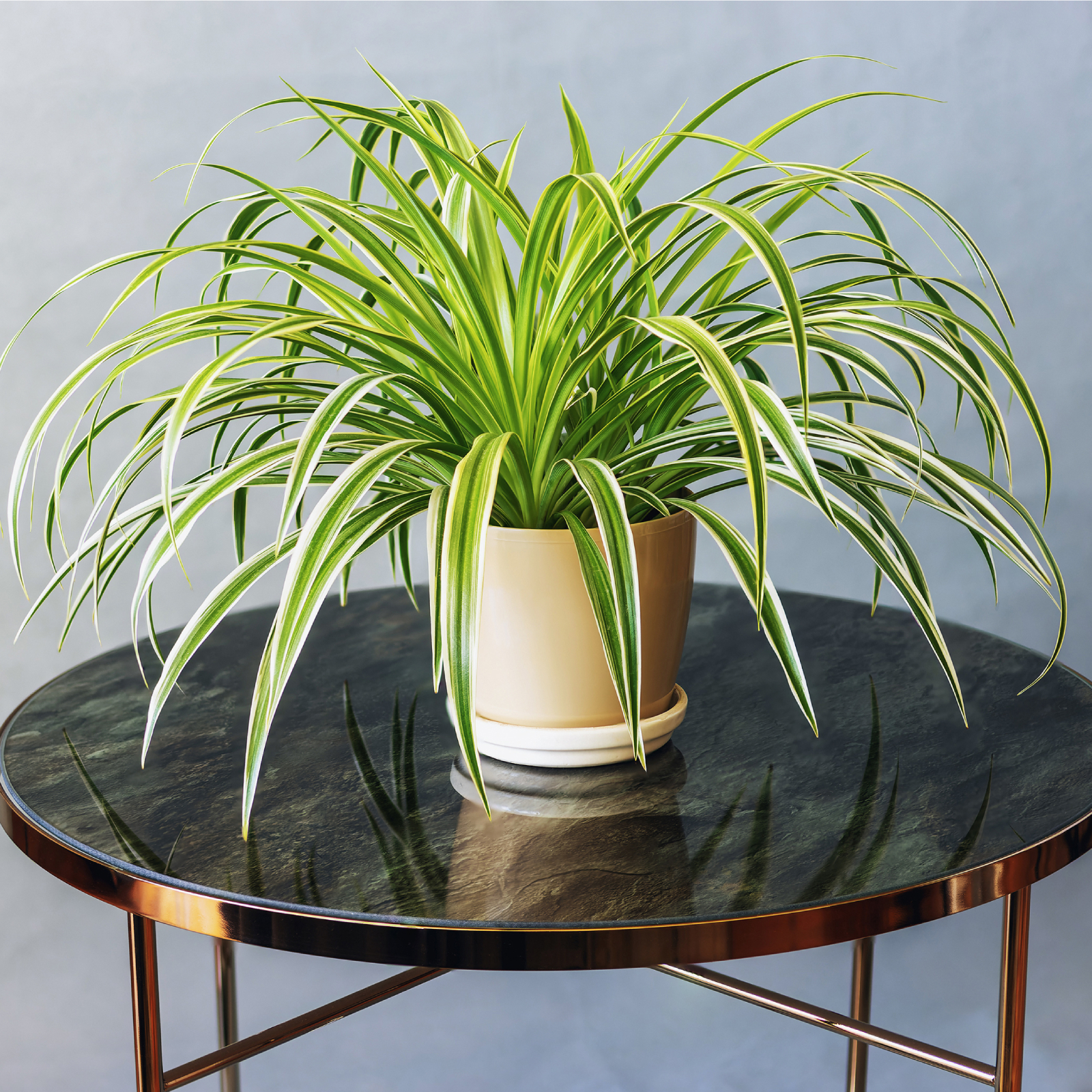 How To Care For A Variegated Spider Plant – Plus, Unique Varieties To Try
How To Care For A Variegated Spider Plant – Plus, Unique Varieties To TryVariegated spider plants and their streaks of green and cream tones bring interest and light to an indoor room, and will elevate your houseplant collection.
By Teo Spengler
-
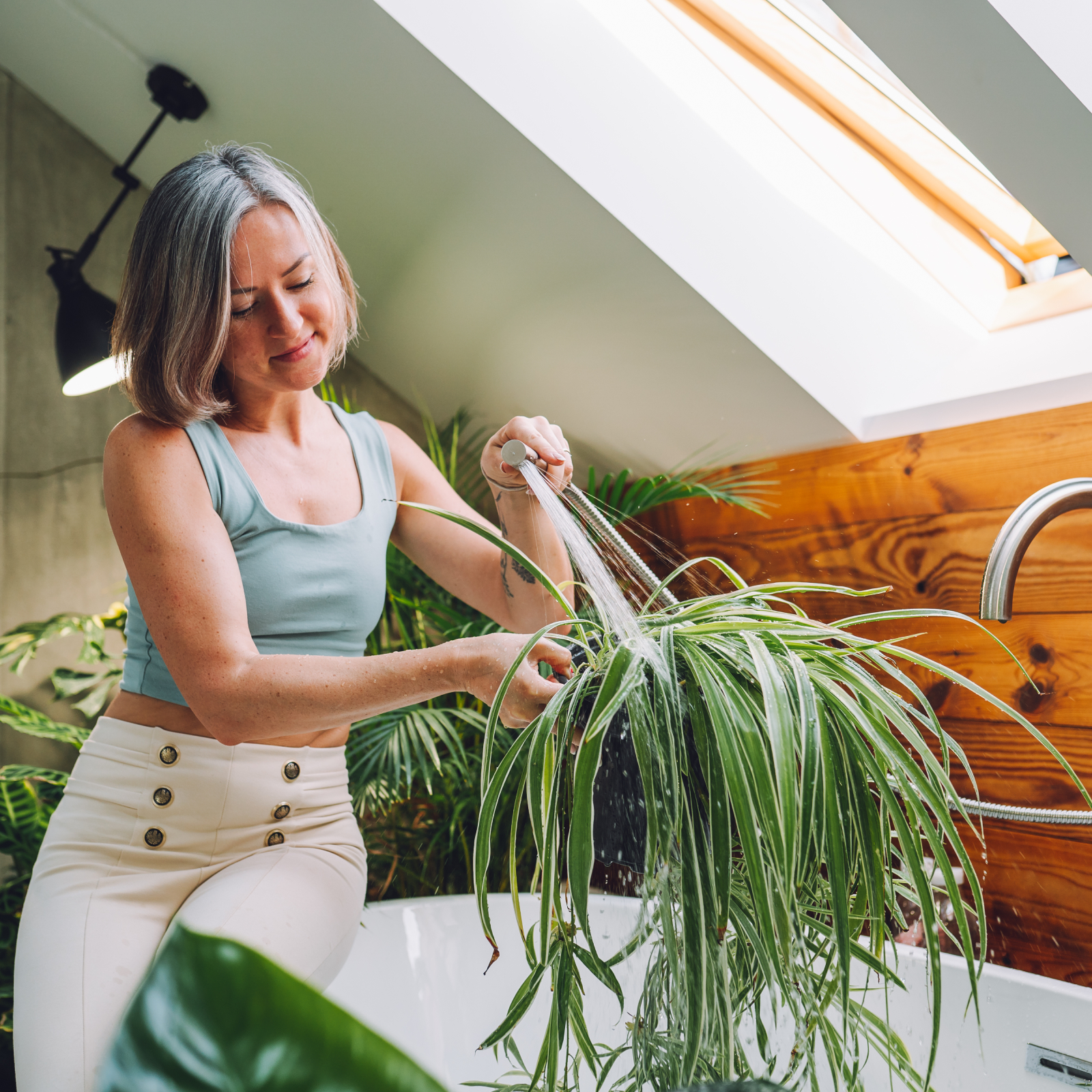 How Often Should You Water A Spider Plant? Tips To Keep Spider Plants Happy And Healthy
How Often Should You Water A Spider Plant? Tips To Keep Spider Plants Happy And HealthySpider plants are hardy and easy to grow, but they do need proper watering to thrive. Read our tips on how often to water your spider plants.
By Amy Grant
-
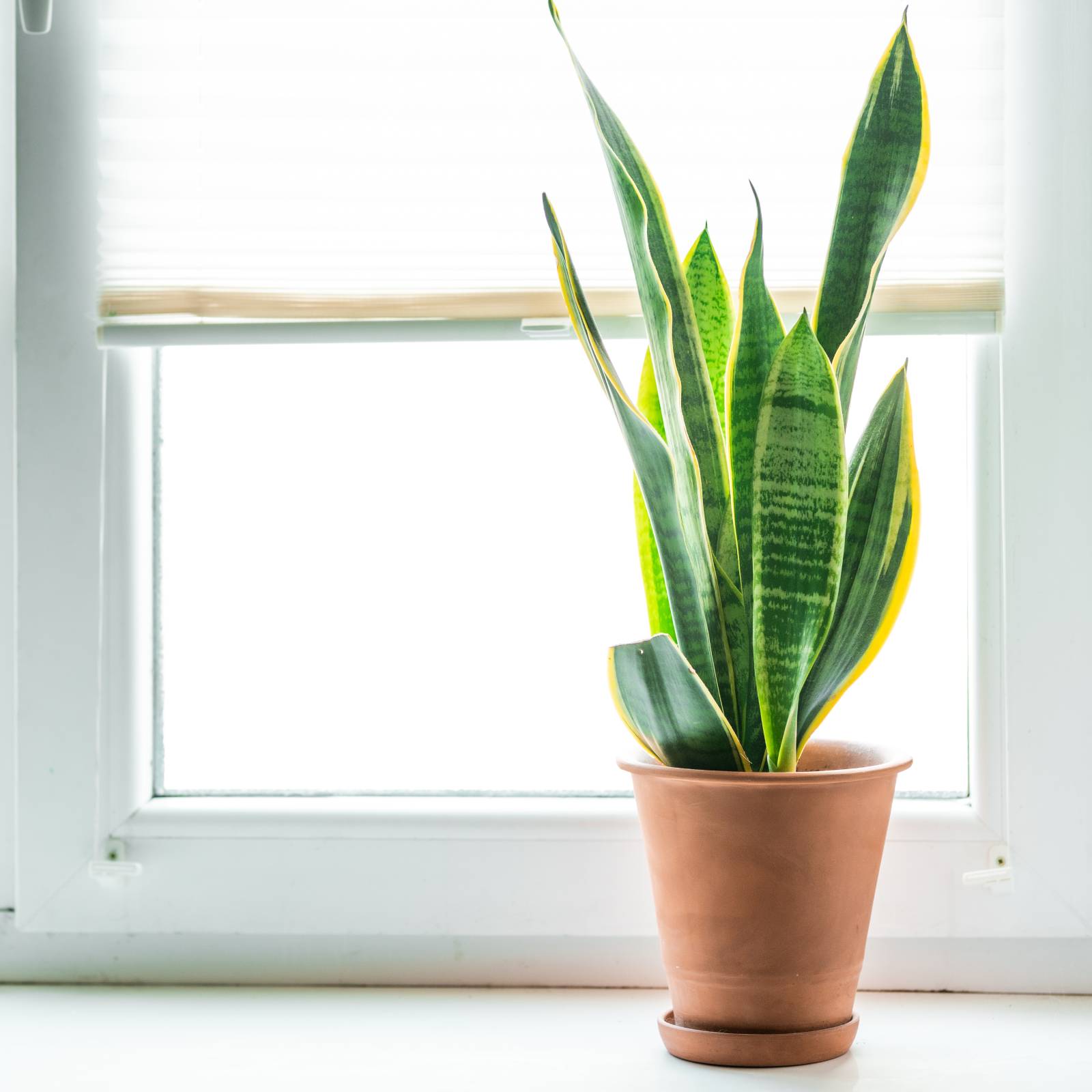 Snake Plant Getting Enough Light? Understanding Light Requirements And How To Adjust
Snake Plant Getting Enough Light? Understanding Light Requirements And How To AdjustSnake plant light requirements aren’t as stringent as for some houseplants, but the right lighting is important for their growth and well-being.
By Tonya Barnett
-
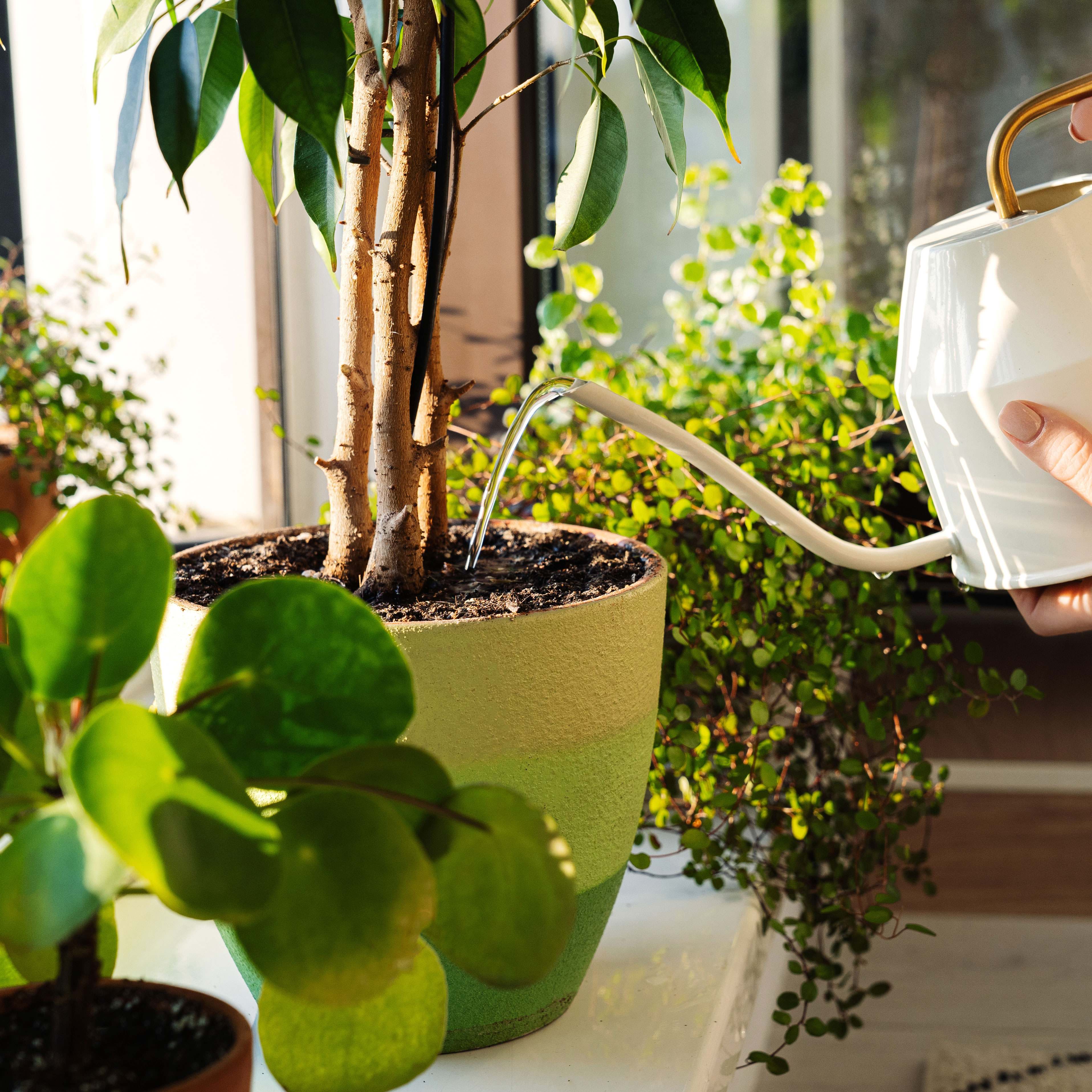 Feeding Houseplants: How And When To Fertilize Indoor Plants Like A Pro!
Feeding Houseplants: How And When To Fertilize Indoor Plants Like A Pro!Container-based houseplants have specific feeding needs over and above plants grown in the ground. Here’s how and when to fertilize indoor plants the right way
By Bonnie L. Grant
-
 How To Get An Easter Cactus To Bloom Every Year: Expert Tips For Stunning Spring Flowers
How To Get An Easter Cactus To Bloom Every Year: Expert Tips For Stunning Spring FlowersDiscover the secrets to vibrant Easter cactus flowers and follow these key steps to ensure spectacular blooms just in time for spring.
By Melanie Griffiths